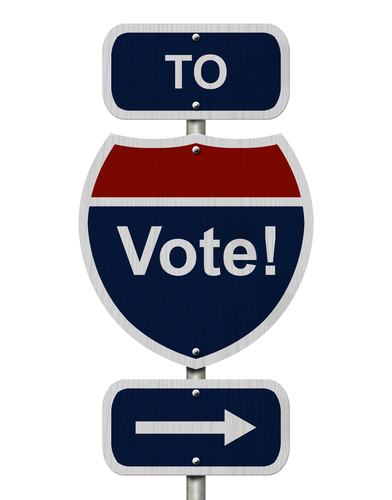
Voters across the country will decide on 16 measures representing over $38 billion in funding when they go to the ballot box on Nov. 3.
On Tuesday, American Public Transportation Association (APTA) President and CEO Paul Skoutelas and APTA’s Center for Transportation Excellence Executive Director Josh Cohen reviewed how public transit measures have fared in elections so far in 2020 and previewed what to look out for next week.
Despite the tough nationwide economic environment in the midst of the COVID-19 pandemic, the two men said, public transportation initiatives have won 32 out of 34 times in elections this year. One hundred percent of the measures considered since mid-March have passed, they said, including a sales tax in the Cincinnati, Ohio-area that will provide $100 million in annual funding for public transit.
“Year after year, voters across the country have overwhelmingly voiced their support for investing in more public transportation,” said APTA President and CEO Paul P. Skoutelas. “The local and state initiatives on the ballot on November 3rd are vital to improve and expand public transit services, to spur economic development and job creation, and to connect communities and the people who live in them. These ballot initiatives once again underscore the importance of local, state, and federal partnerships in public transportation investment.”
The issues facing voters this year include a proposition in Austin, Texas, which would provide hundreds of millions of dollars for critical investment into bus and rail systems while providing funding for anti-displacement measures to address the city’s urban growth; a transit referendum in Gwinnett County, GA that would bring service like light rail and expanded bus service from the Metropolitan Atlanta Regional Transit Authority to that county; and a measure in Portland, Ore., that would fund transportation, transit and safety improvements throughout that region of the state.
“The success of public transit at the ballot box has been a testament to innovation, thoughtfulness, and the collaboration of the plans themselves,” Cohen continued. “These measures improve access and frequency to bus and rail, fund anti-displacement initiatives, make sidewalks and bike lanes safer — they’re bold and demonstrate voters’ hopes for the future.”